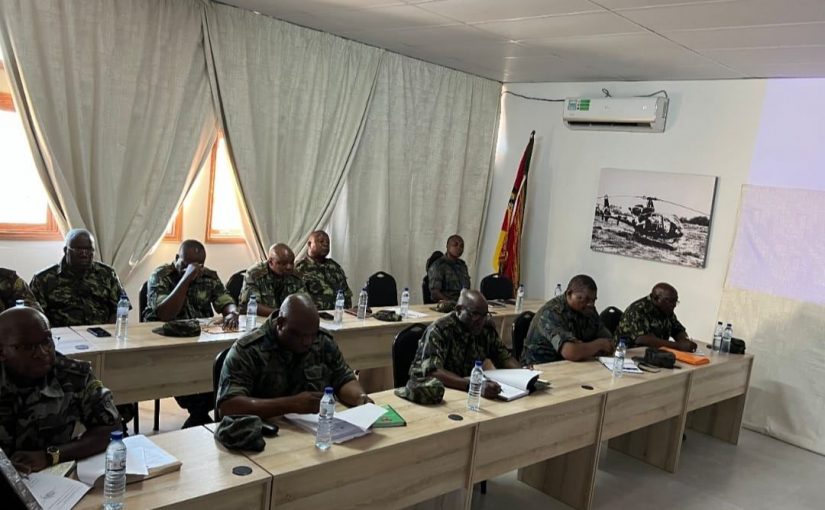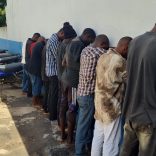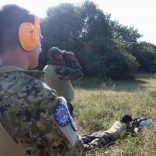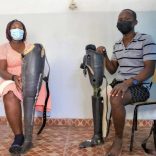Mozambique: Terrorism affected over 134,000 people in May- AIM
Mozambique: Nampula province now ‘free of terrorist threat’ – army chief

Photo: Notícias de Defesa
The head of Mozambique’s army said on Wednesday that the aim of last month’s move by rebels from one northern province, Cabo Delgado, into another, Nampula was to recruit new members, but that the latter province was now “free of the terrorist threat.”
“The movement of the enemy from Cabo Delgado to Nampula had its primary objective: the recruitment of new members and not [territorial] expansion,” Tiago Alberto Nampele told reporters on the sidelines of a two-day meeting of Mozambique’s Higher Military Council in Nacala, in Nampula province.
The attacks in early September in some villages and communities in two districts in the extreme north of Nampula province, on the border with Cabo Delgado, caused panic among local residents and saw an unknown number of deaths, including that of an Italian nun who was killed during an attack on a Catholic mission in Chipene.
The rebel incursions in Nampula displaced a total of 47,000 people, but most of these have returned to their home areas following the improvement of security conditions, according to data provided to Lusa earlier this month by the National Institute for Disaster Management (INGC) in Nampula.
According to the army commander, in Nampula the rebels did not at any point come to dominate, and their movement into the area was solely aimed at recruiting new members, given the casualties that they have been suffering in several districts of Cabo Delgado province as a result of the offensives by government forces and their international allies.
“At this moment, we consider Nampula free of the terrorist threat,” he said. “Our men are on the ground.”
The incursions by the rebel groups, which are said to have crossed from Cabo Delgado onto the south bank of the River Lúrio, which formers the natural border between the two provinces, have had as their main targets in Nampula the districts of Eráti and Memba.
Cabo Delgado province is rich in natural gas but has been terrorised since 2017 by armed violence, with responsibility for some attacks claimed by a local affiliate of the extremist group Islamic State.
A military response to the insurgency in the past year, with support from Rwanda and the Southern African Development Community (SADC), has seen the liberation of the districts nearest the gas projects, but new waves of violence have emerged to the south and in neighbouring Nampula province.
In five years, the conflict has seen around 1 million people displaced, according to the office of the United Nations High Commissioner for Refugees, and around 4,000 killed, according to the ACLED conflict registration project.












Leave a Reply
Be the First to Comment!
You must be logged in to post a comment.
You must be logged in to post a comment.